detail profile mitsuo nagata
Peran Yang Di Mainkan Mitsuo Nagata
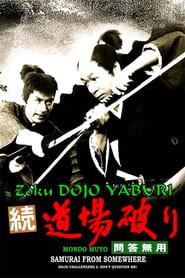 Young Lord Takenaka stands to succeed...
Young Lord Takenaka stands to succeed...Samurai from Somewhere 1964
Young Lord Takenaka stands to succeed his father until a series of violent actions lead his retainers to think that he has gone mad with blood-lust. Never offering any explanation, he continues his seemingly unprovoked attacks until he is sent away from his domain.
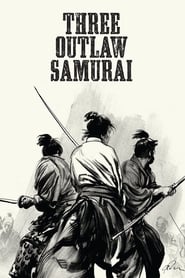 Shiba a wandering ronin encounters a...
Shiba a wandering ronin encounters a...Three Outlaw Samurai 1964
Shiba, a wandering ronin, encounters a band of peasants who have kidnapped the daughter of their dictatorial magistrate, in hopes of coercing from him a reduction in taxes. Shiba takes up their fight, joined by two renegades from the magistrate's guard, Sakura and Kikyo. The three outlaws find themselves in a battle to the death.
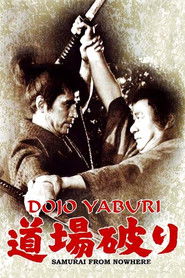 Misawa Ihei Nagato is traveling with...
Misawa Ihei Nagato is traveling with...Samurai from Nowhere 1964
Misawa Ihei (Nagato) is traveling with his wife Tae (Iwashita Shima) who abhors the practice of sword fighting for prize money. Tae is the daughter of the clan's chief counselor who married the low-ranking Ihei to avoid becoming the clan lord's mistress. Into the mix comes Oba Gunjuro (Tetsurō Tamba), a mysterious ronin who will do anything for money. This leads to a fitting climax as the forces of hate and love converge while the couple attempt to break through the border!
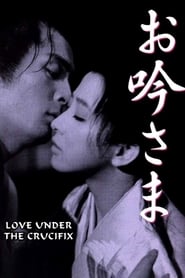 The basic story in Love under...
The basic story in Love under...Love Under the Crucifix 1962
The basic story in Love under the Crucifix is about Ogin, daughter of a tea master, who are both Christians in feudal Japan. Ogin falls in love with a feudal prince, also a Christian who is already married, and that creates problems. Further, when the Shogun bans Christianity, the situation worsens.
 This period film is inspired by...
This period film is inspired by...Ejima and Ikushima 1955
This period film is inspired by one of the most notorious scandals to have taken place in Edo-period Japan. The heroine, Ejima, was a lady of the Ooku, the harem of Edo Castle in which the Shogun’s mother, wife and concubines resided, forbidden from contact with any other man except in the presence of the Shogun. The institution played a key role in the Byzantine world of Japanese court politics during the Edo era. In 1714, Lady Ejima was sent to pay her respects at a Buddhist temple in the city, and chose to pay an unauthorised visit to the kabuki theatre – a violation of protocol that was to have tragic consequences.

 A yakuza leader must balance his...
A yakuza leader must balance his...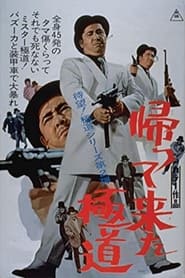 Second film of the Gokudo series...
Second film of the Gokudo series... Shimamura is a violent street thug...
Shimamura is a violent street thug... The university professor Ozeki Hitoshi Ryu...
The university professor Ozeki Hitoshi Ryu...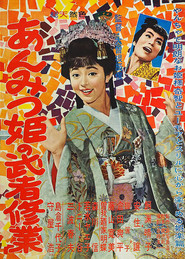
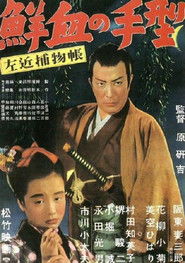
 A Japanese melodrama about three sisters...
A Japanese melodrama about three sisters...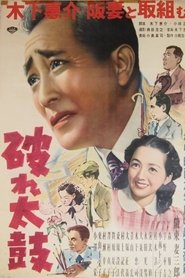 When the future of his construction...
When the future of his construction...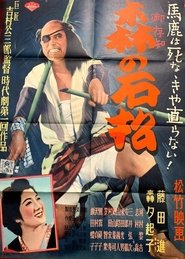 The tale of a feudal swordsman...
The tale of a feudal swordsman... In early postwar Osaka three women...
In early postwar Osaka three women... The stage director Shimamura who is...
The stage director Shimamura who is...